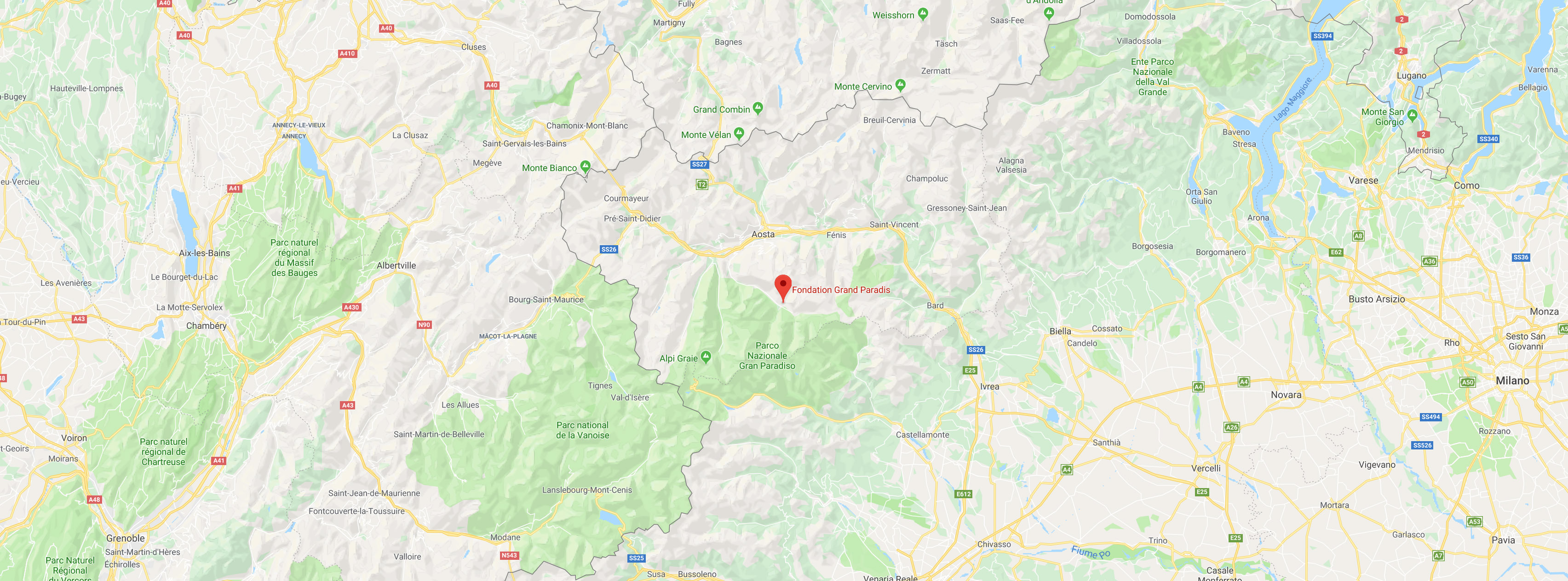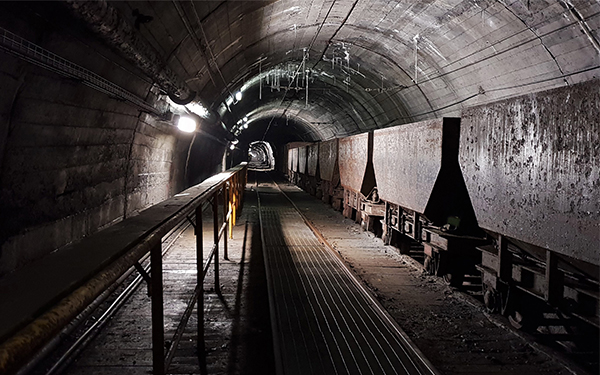| CATEGORY | Environment and Territory Architecture Tertiary sector |
| TIPOLOGY | Tourism Soil Bioengineering |
| PROJECT | Mining Museum of Cogne (Aosta) |
| CLIENT | Municipality of Cogne (Aosta) |
| PLACE | Cogne (AO) |
| YEAR | 2018 - in progress |
| SQUARE | 2,140 s mq (internal areas Villaggio Minatori) |
| STATUS | in progress |
For centuries Cogne’s magnetite mine had a strategic importance for Cogne and the whole Aosta Valley, representing one of the main sources of sustenance. However, after an industrial exploitation that lasted for centuries, Cogne’s mines closed on March 23rd, 1979.
In Cogne, the mining activity lasted, with various breaks, for several years. The signs of that activity appear quite well embedded in what is a typical high mountain village.
The external facilities of the mine, the so-called “Cantiere Cogne” (“Cogne Yard”) are interspersed with private houses and constitute with them an industrial-residential agglomeration. The actual mine is located in the deepest parts of Mt. Creya and it has got several tunnels branching off on various levels within the mountain.
The imposing Colonna complex, at an elevation of 2,406 metres, housed miners, for several decades during their high-altitude shifts in what can be described as a sort of monastic isolation. It appears visible from outside, even from the village, at the mouth of the penetratrion galleries. This huge building was abandoned in the early 1960s, when the mine entrance was moved from Colonna to the level below of Costa del Pino, at an elevation of 2,027 metres, which can be reached by a few minutes by cable car from the new miners’ village (called “Villaggio Anselmetti”) located in the borgata of “Moline” (the hamlet of “Moline”).
In this new district, in addition to the residential buildings, there were industrial buildings used for ore crushing and for the subsequent ore separation according to its content of magnetite. From Moline district, through a special loading gallery, there was an electric train that was loaded in order to carry out the last stage of the ore transport in the direction of Aosta. In fact, a dedicated railway connected Cogne to the Eaux-Froides station, in Pila basin, passing through the Dric tunnel. Once the ore arrived to Pila station, it was then transported by cable car again to the”Cogne“ smelter in Aosta.
The Municipality of Cogne commissioned the temporary group of Sertec’s professionals (Group leader) the architects Deborah Bruno and Fabio Bonetti, as part of the “Works for the musealization of the Mining site of Cogne and the setting up of the Regional Mining Park Museum”, in order to carry out the following services:
- Technical and economic feasibility, final, executive design with maintenance plan for the work;
- Safety coordination in the design phases;
- Safety coordinaion in the execution phase;
- Construction Management.
With this intervention, the client aims to increase the tourism offerings of Cogne mining site by:
- Implementing the already existing and open to the public route of Costa del Pino by connecting the upper level of the Mineral Crusher to the level 2072;
- Expanding the museum tour of the Miner’s Village in Moline by involving the arrival station of the ore collection buckets, the building where the ore crushing and separation from the tailings were carried out, and the buildings formerly used as workshops and storage.
The route runs both internally to the buildings mentioned in the Miner’s Village, and externally around the imposing building for the crushing and separation of the ore from the waste rock. New architectural works are therefore inserted to support the museum route, such as the metal walkway connecting the current museum and the bucket station.
The aim of the new museum itinerary is to reconstruct the historical evolution of the mine of Cogne. The basic concept is to be a “museum” and at the same time an “interpretative center”: to give therefore to all the visitors the elements to “understand” how the mine developed, how it changed and how, as a result, it changed the landscape, the material social life of the communities of Cogne, St. Marcel and Ollomond.


